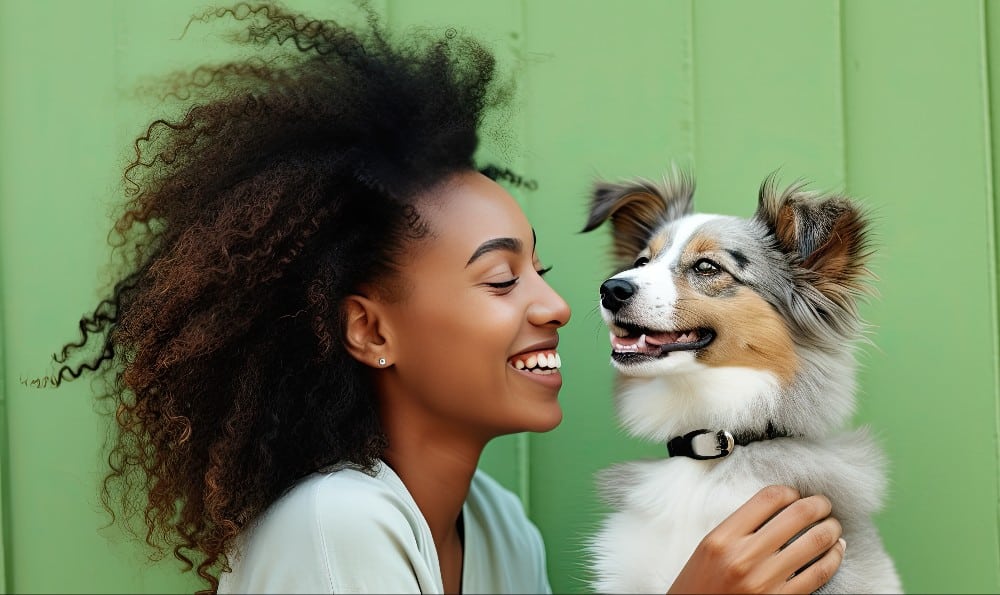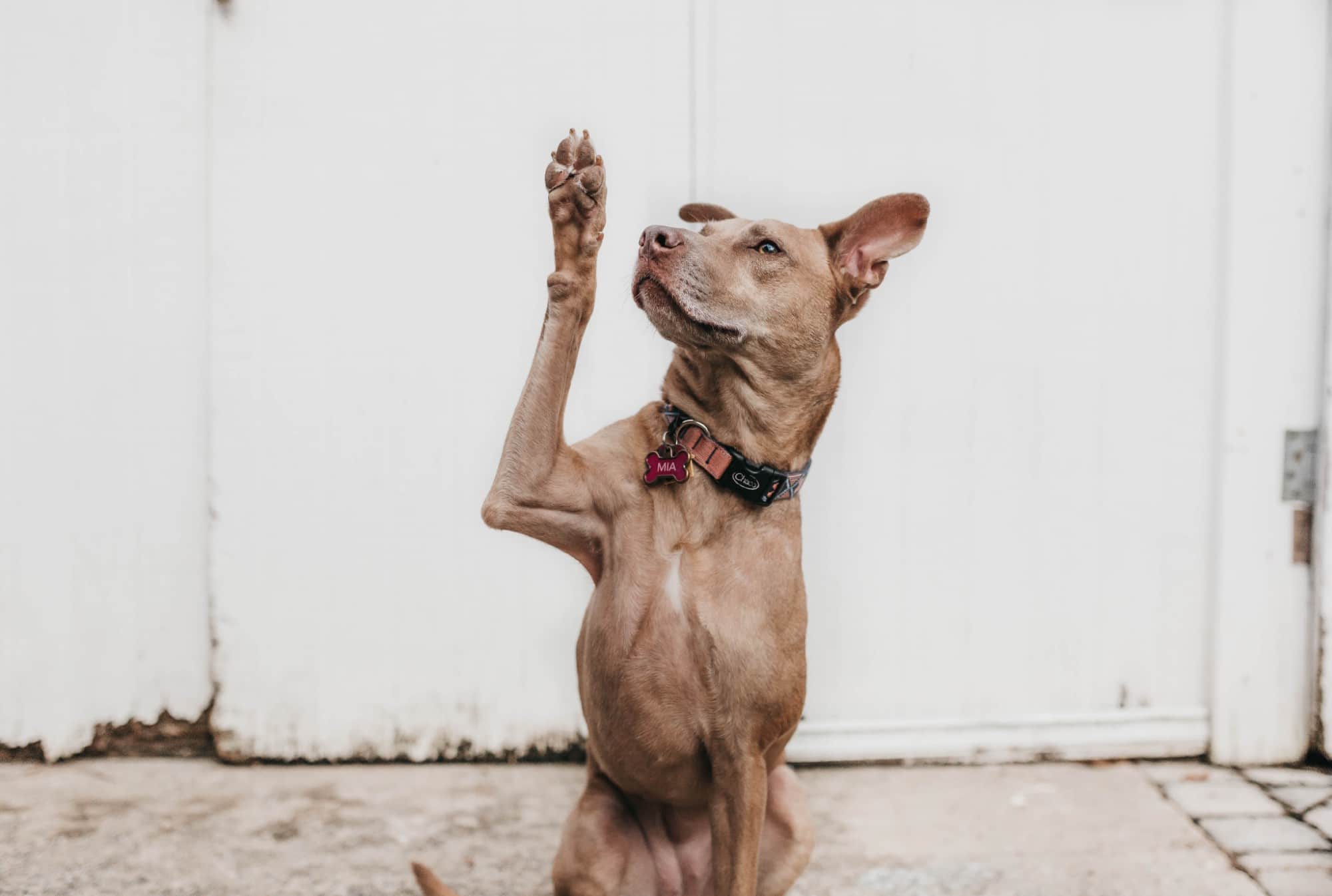We know you love your teensy, little doggy. We know she’s the cutest thing on the planet, and you want her to go everywhere with you. We don’t blame you. Who doesn’t wish their dog could go all around town with them — especially when they fit into a cute puppy purse?
Related: How Much is that Baggie in the Window?
You are going to hate us for telling you this, but you need to stop doing this, or at least, on a regular basis. Carrying around your pint-size dog can have negative affects on her behavior and ability to socialize with other people. In fact, carrying around your pup at human height could be turning her into a ferocious little monster. Well, maybe not that bad, but certainly a poorly socialized pooch is liable to become a yappy little snapper. Add health problems to the behavioral issues, and it’s a recipe for disaster.
Here are a few ramifications of toting your pup around in that Louis Vuitton bag:
It isn’t natural
When a small dog is carried it takes her away from her natural way of interacting with the environment. She doesn’t get to sniff the ground and surrounding areas that occurs when being close to the ground. And when meeting a stranger she is often either forced out at the person and not given a chance to get comfortable or is getting pulled back, because the owner thinks she may snap at a new person.
Related: The Instagram Chihuahua That Captured the Hearts of Thousands Now Has a Book
Both of these reactions tend to put your little pooch on guard. Getting pulled back makes her think she should be scared of the stranger, so she tends to start growling. On the other hand, pushing her forward forces the encounter and may make her feel like they need to snap to protect herself.
Couple these unwanted or forced interactions with the lack of training, you wind up with what is commonly referred to as “small dog syndrome.” You know that image of the tiny dog snapping at kids and running around barking at bigger dogs like a possessed demon. That’s small dog syndrome, and it stems from the way we treat little dogs differently than large dogs. Carrying your pup around contributes to the problem.
Turns Fido into a fatty
The biggest physical effect carrying your little pooch around is it can lead to obesity as he ages. Most people don’t take their dog out to run often enough and walking is sometimes where he gets the majority of their exercise, especially a little dog which almost has to run to keep up with a human’s stride. Taking away a huge chunk of his daily exercise has a tendency to turn him into a tubby puppy.
If you want a healthy, well-socialized fuzzy little sidekick, it’s time to put your doggy on the ground where he belongs. He might not like it at first, and it may take some getting used to, but trust us, you’ll both be happier in the end.
Related: 6 Things We Do That Drive Our Dog Crazy
Feature image from Instagram





















